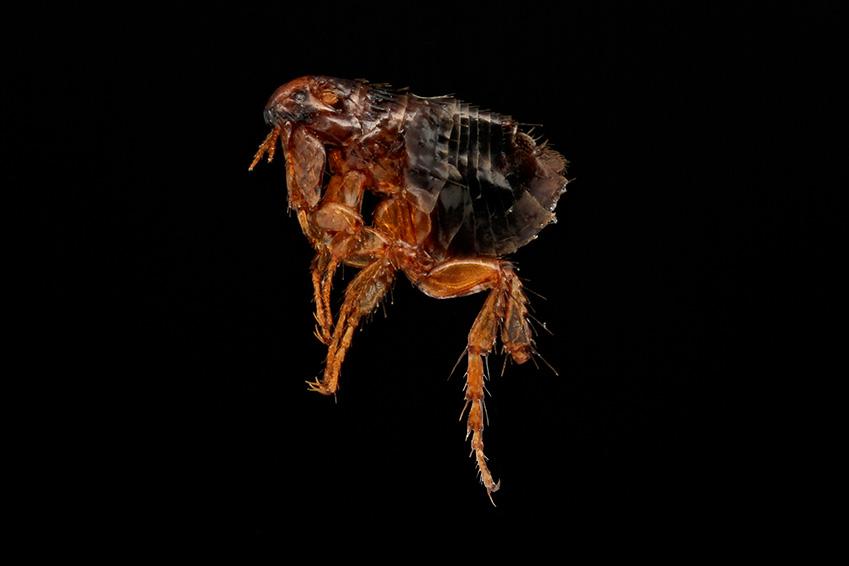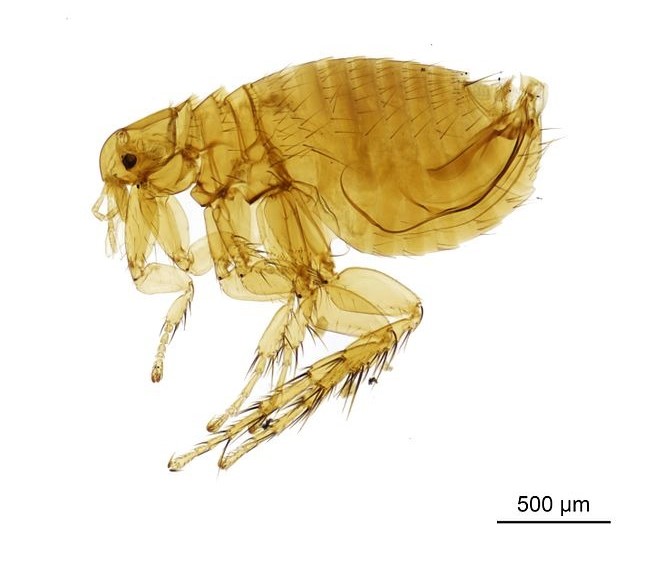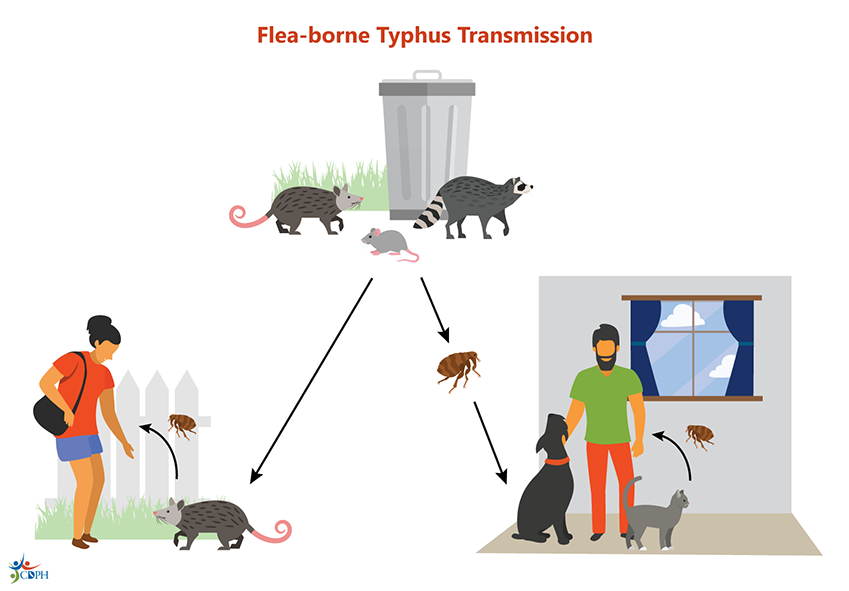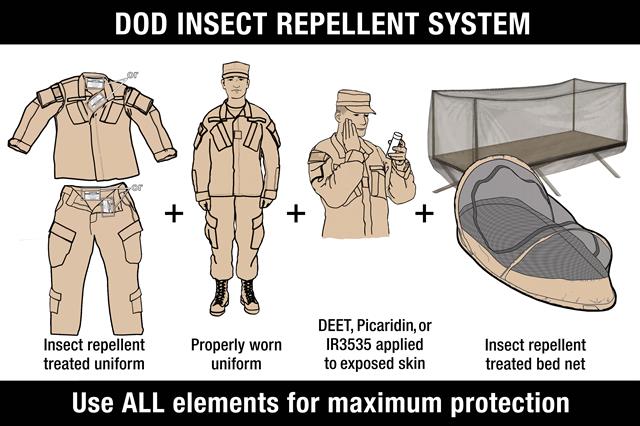Flea-borne Typhus

| 
|
Cat Flea (Ctenocephalides felis).
Image by Graham Snodgrass, DCPH-A
| Oriental Rat Flea (Xenopspylla cheopis ).
Image from CDC. |
How do people become infected with Flea-borne typhus?
Flea-borne typhus fever is not spread from person-to-person contact; instead, it is spread by infected rat fleas or cat fleas. People usually become infected by scratching flea feces into the bite site or other damaged skin. People can also become infected by inhaling flea feces, rubbing them into their eyes, or flea bite. Healthy fleas become infected by feeding on rats or other infected animals, which can rapidly increase the number of infected fleas. Less often, flea-borne typhus is caused by
R. felis and transmitted by fleas that feed on cats or opossums. Besides rats, other field rodents and their fleas may also carry the infection. Fleas can pass the infection to their offspring through transovarial transmission, which helps maintain the cycle of infection. A flea can spread the disease for the rest of its life once infected.

What are the symptoms?
Common symptoms of endemic typhus fever include fever and chills, body aches and muscle pain, loss of appetite, nausea, vomiting, stomach pain, and cough. About half of the people who are infected develop a flat red rash on the chest, back, arms or legs (typically occurs around day five of illness) that lasts a short period of time.
How soon after exposure do symptoms appear?
Symptoms usually appear approximately 12 days after exposure, but occurrence ranges from 6 to 14 days after exposure. Most people will recover without treatment in about two weeks, but in severe cases, the illness may last for months if untreated. Severe flea-borne typhus fever can damage the liver, kidney, heart, lungs, and brain if left untreated.
How is flea-borne typhus diagnosed?
Flea-borne typhus is diagnosed through a combination of clinical symptoms and a blood test. Contact your doctor if you think you have been infected.
What is the treatment?
Flea-borne typhus fever is treated with antibiotics. Healthcare providers choose the antibiotic based on the patient's symptoms and the results of laboratory tests.
How will I know if my pet has flea-borne typhus?
Infected pets usually do not display noticeable symptoms. If these pets are infested with fleas, their fleas may become infected and can transmit the disease to you.
What can I do to reduce my risk of becoming infected with flea-borne typhus?
The key to preventing flea-borne typhus is to avoid direct contact with fleas. Discourage rats, opossums, feral cats, and other wild animals from visiting or living around your home by not leaving pet food outside, keeping garbage containers tightly covered, and by trimming and removing vegetation around buildings.
Keep your pets, home, and yard free of fleas by using appropriate flea control products. Talk to your veterinarian about what flea control product is best for your pet. Always follow the directions on the product label.
Protect yourself when cleaning animal resting and bedding areas. Flea feces can collect in these areas. Always wear protective gear like gloves, goggles, and a mask, when cleaning these areas, especially if indoors. Spray affected areas with disinfectant and remove materials while still damp to prevent inhaling dust. Wash your hands thoroughly when you are finished.
The DoD Insect Repellent System provides the best protection from flea bites. It incorporate permethrin repellent on the uniform; DEET, picaridin, or IR3535 repellent on exposed skin; a properly worn uniform; and sleeping inside a permethrin-treated bed net.
Select the image for more information on the DoD Insect Repellent System.

